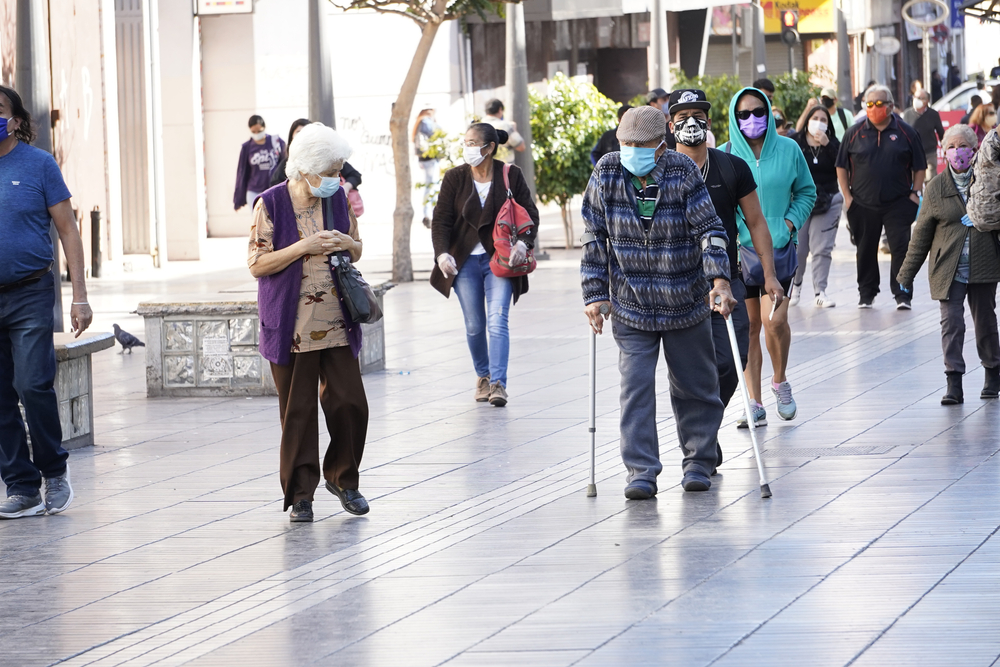Chile did everything possible to avoid disaster during the coronavirus pandemic. The government of President Sebastián Piñera has been advocating social isolation and closed its borders to prevent the virus from spreading on March 16 — declaring a national emergency on March 18. The government extended the quarantine when it had to and focused on increasing its test capacity. It is now among the countries with the highest number of tests and the lowest mortality rates worldwide.
So, what could go wrong?
Unlike Paraguay, in which the government waited to end the number of Covid-19 patients to reopen, Chile tried to implement its own “smart quarantine,” allowing some vital sectors of the economy to return to their normal life gradually. But it failed. In the capital, Santiago (which has almost as many inhabitants as Paraguay), people from the 32 different communes, major neighborhoods with municipal administration power, started to mix. However, every district in the city had its own level of reopening permission.
The result was a new wave of infections. In the middle of May, with a daily record of new cases and deaths, President Piñera imposed a total lockdown in the capital, saying later that the city’s health system was “about to collapse.” On May 13, Chile registered 2,660 new cases, a 60 percent increase compared to the average.
Now, São Paulo wants to reopen. But, as the Brazilian Report shows since the first case in February, Brazil’s biggest city, just like the country, is far from being as responsible as Chile. The Greater São Paulo Area, with a population of over 20 million, is more populated than the entire Andean country.
If we compare only the Covid-19 numbers, things get worst. As São Paulo city tops 50,000 confirmed cases – population 12 million – Chile has 87,000. In deaths, however, São Paulo is a nightmare with more than 3,400 against 890 in Chile.
From June 1, São Paulo Governor João Doria plans to reopen slowly, as some goals are fulfilled. But if Chile experienced such a devastating setback, imagine what will happen in the city which helped Brazil to turn South American into the new coronavirus global epicenter?
 Support this coverage →
Support this coverage →

 Search
Search






































